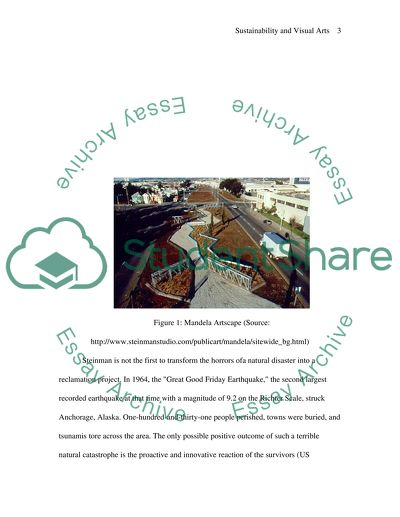Cite this document
(“Sustainability and visual arts Essay Example | Topics and Well Written Essays - 2000 words”, n.d.)
Retrieved from https://studentshare.org/design-technology/1394453-sustainability
Retrieved from https://studentshare.org/design-technology/1394453-sustainability
(Sustainability and Visual Arts Essay Example | Topics and Well Written Essays - 2000 Words)
https://studentshare.org/design-technology/1394453-sustainability.
https://studentshare.org/design-technology/1394453-sustainability.
“Sustainability and Visual Arts Essay Example | Topics and Well Written Essays - 2000 Words”, n.d. https://studentshare.org/design-technology/1394453-sustainability.


